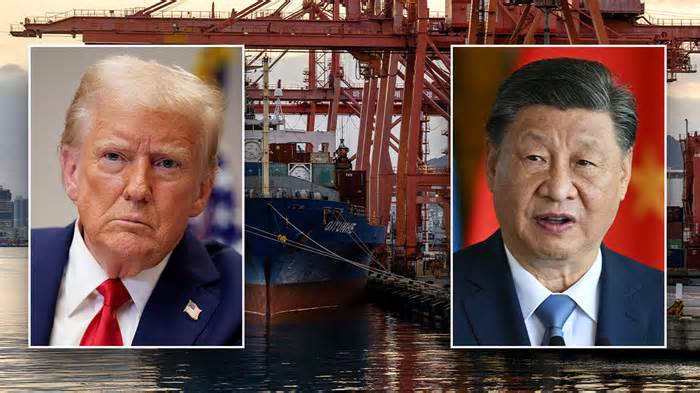Introduction
In a surprising turn of events, China reported a robust 5.4% GDP growth in Q1 2025, defying analysts’ expectations and global skepticism. This unexpected surge comes just weeks before a new wave of Trump administration tariffs is set to take effect. The timing has global economists and investors reevaluating China’s economic resilience amid geopolitical tensions and trade uncertainty.



1. Consumer Spending Bounced Back Strongly
After a sluggish 2024, consumer confidence in China saw a rebound in early 2025, fueled by government stimulus and relaxed COVID-era policies. Retail sales jumped 6.8%, with urban consumption driving much of the growth. Sectors such as technology, electric vehicles, and luxury goods led the way.
2. Manufacturing and Exports Remain Resilient
Despite looming U.S. tariffs, China’s export engine hasn’t slowed. Manufacturing output rose 4.2% year-over-year, supported by diversified trade partnerships in Southeast Asia, Latin America, and the Middle East. The Chinese government’s Belt and Road Initiative continues to bolster external demand.
3. Real Estate and Infrastructure Investment Expanded
Fixed asset investment climbed 5.1% in Q1, driven largely by infrastructure projects and state-supported urban development. The property sector, once a drag, showed signs of stabilization thanks to liquidity injections and policy support for first-time buyers.
4. Tech and Innovation Drive Economic Diversification
High-tech industries contributed significantly to GDP growth. Sectors like AI, semiconductors, and green energy received targeted government support, allowing China to reduce dependence on traditional heavy industry and move up the value chain.
5. Preparing for the Next Trade Shock
With new Trump tariffs set to hit electronics and rare earth exports, Chinese policymakers are bracing for another potential slowdown. However, this strong Q1 performance gives China a cushion and strategic leverage ahead of any renewed trade negotiations.
Conclusion
China’s unexpected 5.4% GDP growth in Q1 2025 is a testament to its evolving economic strategies, global trade diversification, and domestic resilience. As tensions with the U.S. escalate once again, this early-year momentum may prove crucial in navigating the next wave of geopolitical and economic challenges.
Want more analysis? Read our related article on how U.S. tariffs have affected global trade since 2018.








